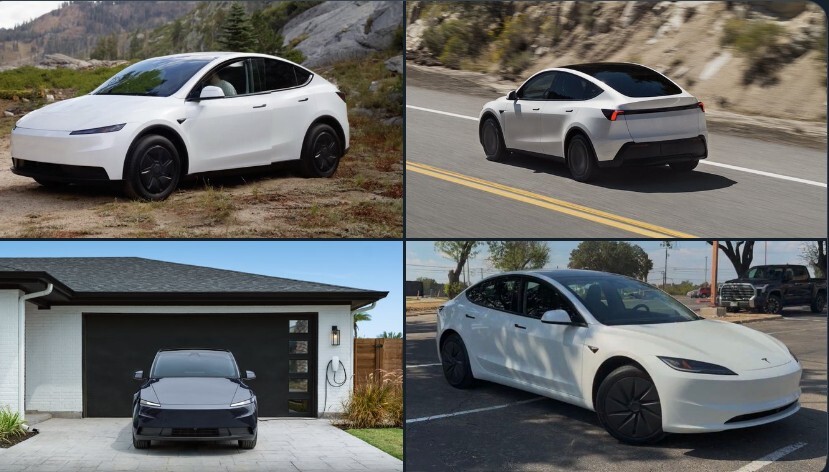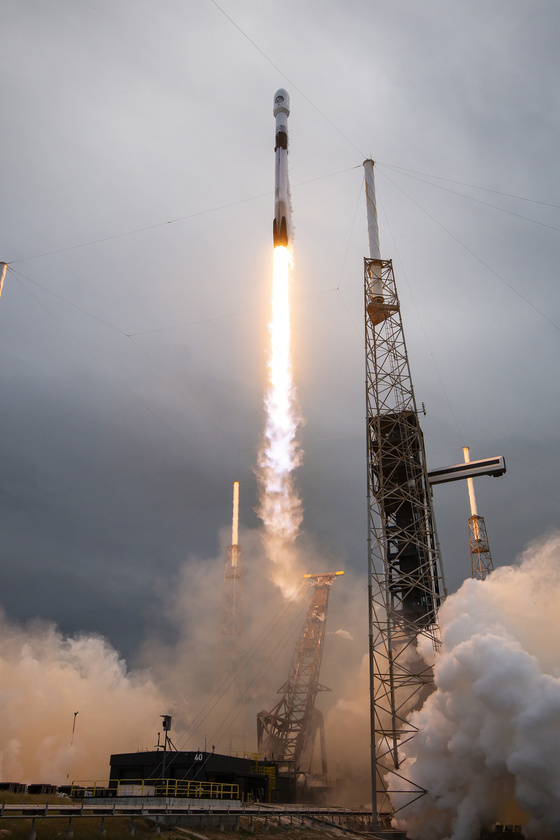Tesla has unveiled new, more affordable versions of its Model 3 and Model Y, named the Model 3 Standard and Model Y Standard, with the Model 3 Standard starting at $38,630 and the Model Y Standard at $41,630, including destination and order fees.
These models are stripped-down versions of the existing vehicles, featuring reduced range, fewer premium features, and lower acceleration compared to the previous "Premium" trims, which were the least expensive models before this launch. The move comes after the expiration of the $7,500 U.S. federal EV tax credit, which had previously made Tesla vehicles more affordable, and has led to a significant price increase for buyers in the U.S.
The new Model 3 Standard and Model Y Standard are priced $5,500 and $5,000 less, respectively, than the previous "Premium" trims.
Key feature reductions include a smaller 69kWh battery, fewer speakers (7 vs. 15), no rear touchscreen, no ambient lighting, manual side mirrors, cloth-only interiors, and no Autosteer as a default feature.
The Model Y Standard has a starting range of 321 miles (516 km), while the Model 3 Standard also offers over 300 miles of range, though both have slower acceleration than higher trims.
Deliveries are expected to begin in November or December 2025 for the Model Y and December 2025 or January 2026 for the Model 3.
The launch is part of a broader strategy to maintain market share amid competition from rivals like Ford, Hyundai, and BYD, and to utilize excess production capacity at Tesla’s U.S. factories. The company had previously planned a $25,000 "Model 2" vehicle, but that project was canceled, leading to the current strategy of de-contenting existing models instead of developing a new, lower-cost platform.
The new models are expected to be available in other markets, including Europe, where the loss of the U.S. tax credit does not apply, potentially offering real savings.















